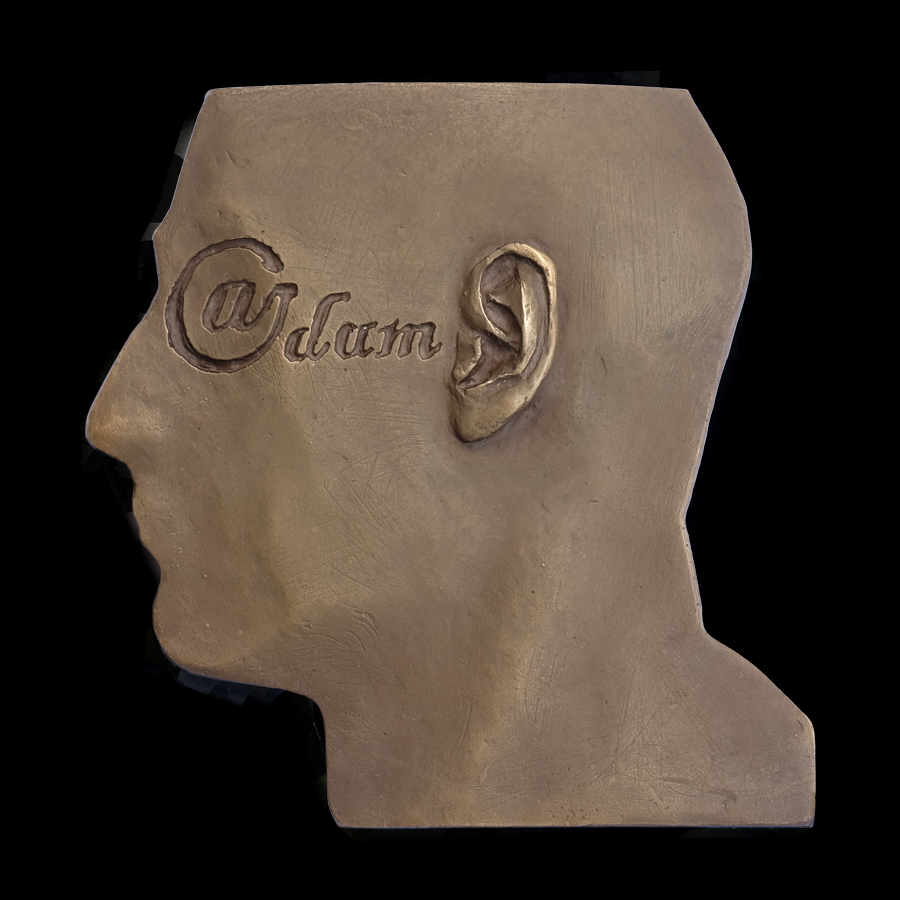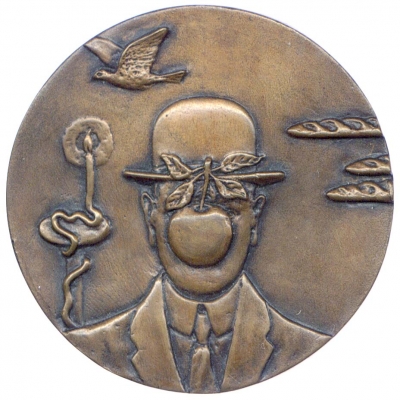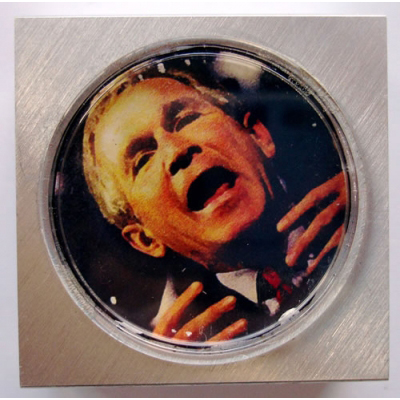Hanna Jelonek (b. 1957) is a Polish sculptor and medallist with an international reputation. She studied sculpture at the Academy of Fine Arts in Warsaw under Gustav Zemła and Zofia Demkowska, and, following her graduation, continued her studies at the Scuola dell’Arte della Medaglia in Rome. She is now a professor in the Faculty of Sculpture of the Academy of Fine Arts, Warsaw, where she leads the medallic art studio; from 2012 to 2020 she was dean of the faculty. Jelonek has a long-term, permanent collaboration with the Mint of Poland (Mennica Polska S.A.) and with Warsaw’s Asia and Pacific Museum. She has participated in FIDEM congresses since 1985, and from 2012 has been a member of FIDEM’s executive committee. She has also taken part in solo and group exhibitions in Germany, Finland, Egypt and China, as well as in her native Poland. She is known particularly for her sculptures in bronze and stone, her cast and struck medals, and her drawings and cut paper works; these can be found in public and private collections around the world. In 2018 her medal marking the centenary of Warsaw’s Princess Anna Mazowiecka Hospital won the BAMS Struck Medal Award, an award supported by Thomas Fattorini Ltd (see The Medal, 74 (2019), p. 52).
Jelonek’s BAMS medal presents Adam as a modern man, complete with the @ sign that appears in every email address and a symbolic ‘genome’ composed of the first letter of the alphabet, the letter A, with numerous diacritics and ligatures. The suggestion is of contact between people but also of a contemporary Tower of Babel. The artist believes that it is up to the viewer to decide. She writes: ‘Why medals? Why l’arte della medaglia? What made medallic art number one in my artistic and professional art? I feel a certain discomfort writing about my own works. This adventure is still going on … I believe that works of art, visual objects should steer clear of any comment from the artist. The subject seems to be complete once the concrete realisation is finished. The only expression is its form. Every individual who initiates an interaction with an artwork – including a medal – has the right to interpret its meaning independently from the artist’s intention.’ Concerning the sources of her ideas, she cites ‘the least tangible things, images from my studio and from my life, atmosphere, emotions, hardly remembered faces, places, conversations … experience and my own reflections …’ Medals can also act as ‘testimony to bygone facts’.





